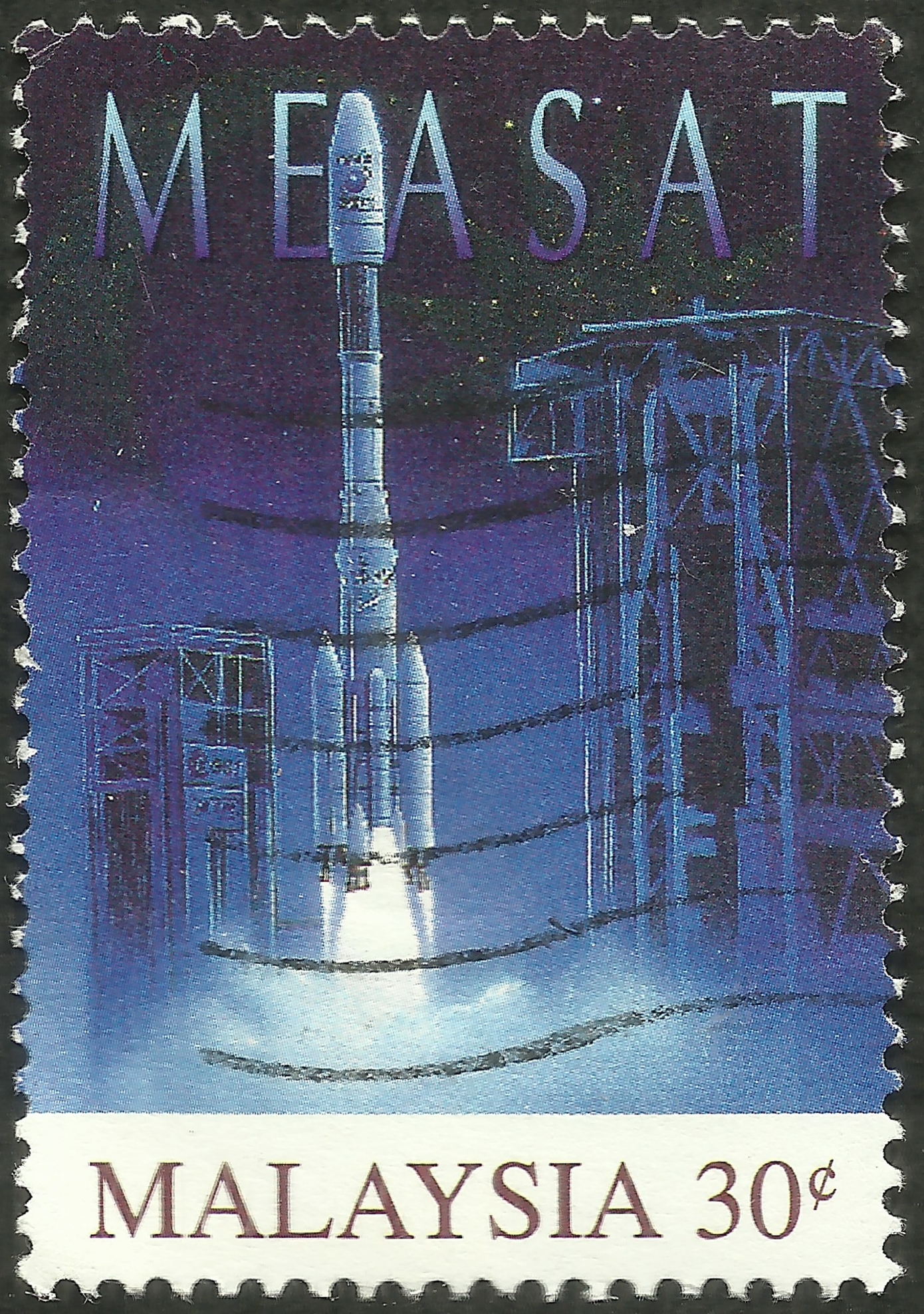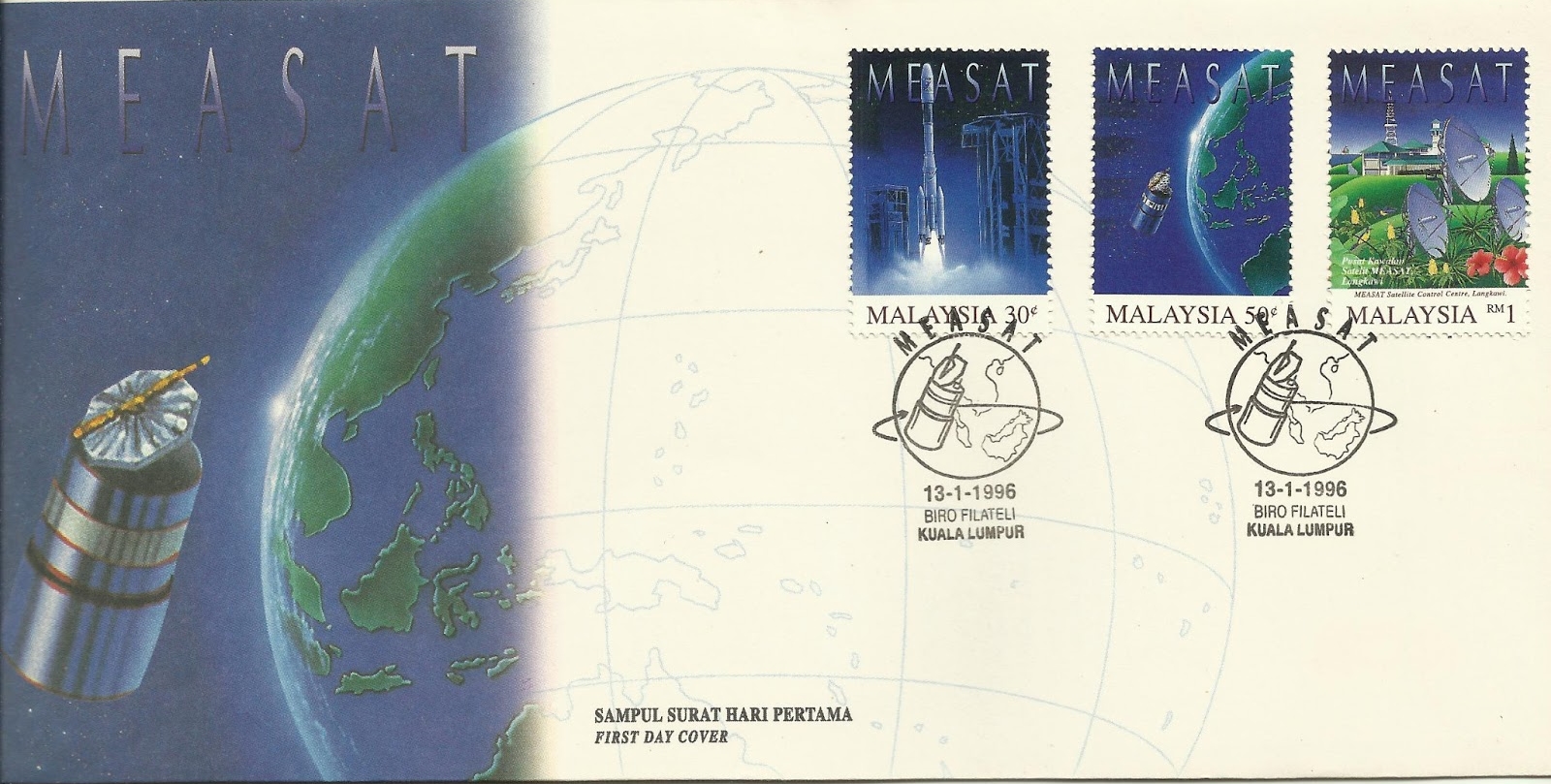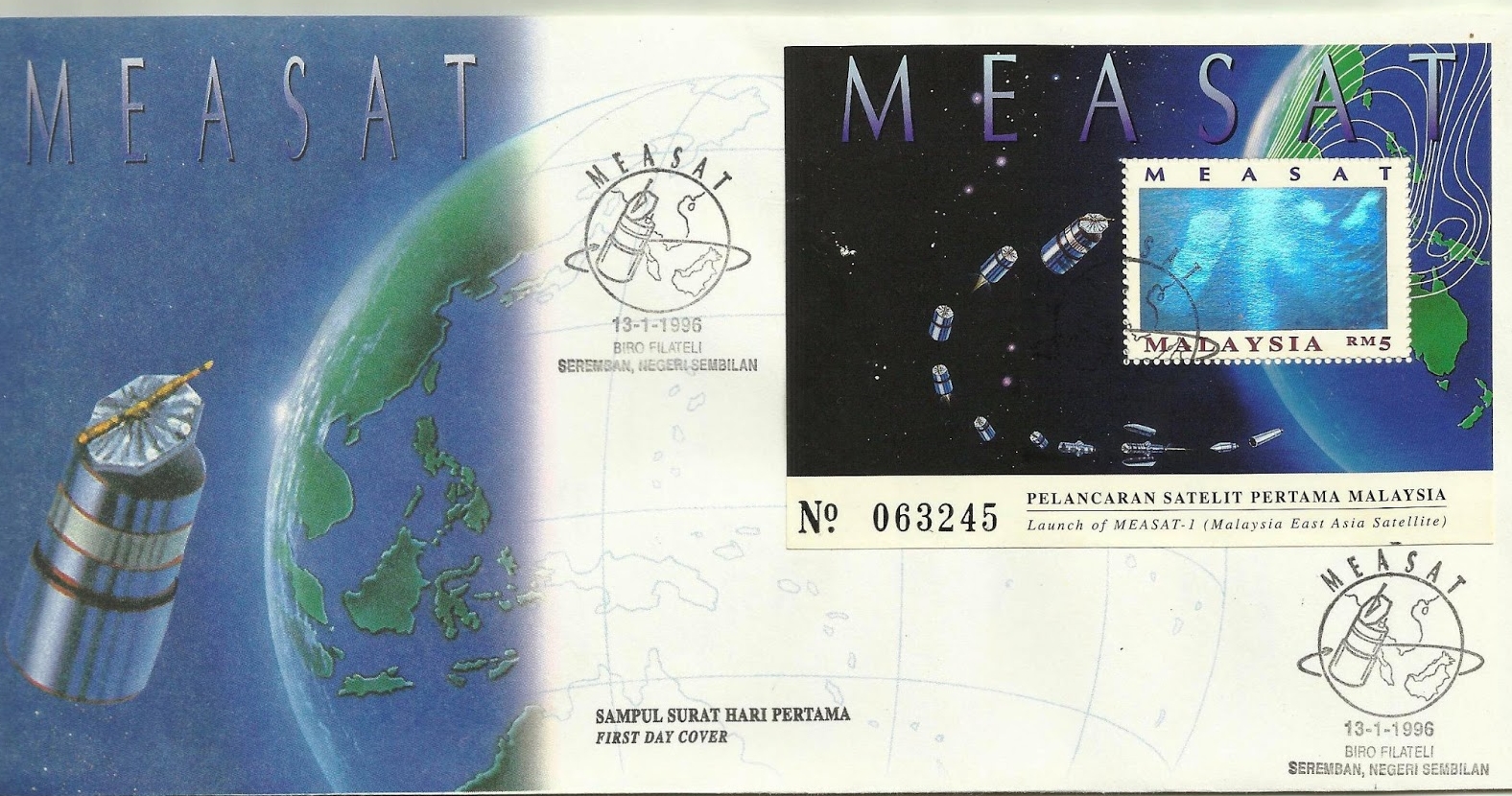
Malaysia isn’t really that far from where I live in southern Thailand, perhaps 90 minutes on an airplane will get me to the capital of Kuala Lumpur a flight I’ve made only once. I took the bus to Penang dozens of times in late 2010 (my last trips south of Phuket, actually) when my business visa expired in the midst of Bangkok’s worst flooding in decades as I awaited the one official who had to sign my approval letter to return from sandbag-filling duties. That was approximately a 12-hour journey (counting an early=morning three-hour stop in the southern Thai city of Hat Yai waiting for the border to open for the day.
Yet, despite it proximity to my home it seems like a completely different place than Thailand while other nearby nations such as Cambodia, Laos, and Myanmar seem much the same apart from language. Much of Malaysia remains a mystery to me such as the fact that it has a space program. While certainly not on the scale of NASA in the United States, or really of any other nation I can think of, it is producing communications satellites albeit launched by other nations’ rockets.
Today’s stamp pictures the first of the MEASAT (Malaysia East Asia Satellite) spacecraft launched aboard an Ariane rocket from French Guiana in 1996. The program is operated by MEASAT Satellite Systems Sdn. Bhd, formerly Binariang Satellite Systems Sdn. Bhd., a Malaysian communications satellite operator which also owns and operates the AFRICASAT spacecraft. The company provides satellite services to leading international broadcasters, Direct-To-Home (DTH) platforms and telecom operators. With capacity across six communication satellites, the company provides satellite services to over 150 countries representing 80% of the world’s population across Asia, Middle East, Africa, Europe and Australia.
In 1993, Malaysia’s Prime Minister, Dr. Mahathir Mohamad, called for the end of the Malaysian government’s monopoly on communications services. He believed that the creation of privately owned companies could better serve Malaysia’s communications needs in the decades ahead. One result of Mahathir’s 1993 “Malaysia Plan” was the creation of the Binariang Sdn. Bhd. company by Malaysian tycoon Ananda Krishnan, which was given the charter to develop Malaysia’s first satellite communications system.

In 1994, Binariang signed a contract with Hughes Space and Communications Company (now Boeing Satellite Systems) for two Model 376 satellites. The project was named the “Malaysia East Asia Satellite” program, or MEASAT for short. The satellites opened the door to reliable telephone and data transmission services to all of Malaysia, helping to strengthen the unity between the peninsula and the island portions of the nation. The satellites also contributed greatly to the rapid growth of computer networking in Malaysia, as well as the creation of a new direct-to-home (DTH) satellite television service, called “Astro”.
As advanced Model 376 spacecraft, the MEASAT-1 and -2 satellites have three enhancements over the standard model. They were the first in the 376 series to be fitted with gallium arsenide solar cells, which deliver 40 percent more payload power as compared to their silicon predecessors. They were also the first Model 376s to use lightweight, high-gain shaped antenna. The satellites also used a more efficient bipropellant system for station-keeping and attitude control maneuvers.

Both the MEASAT-1 MEASAT-2 satellites were launched on Ariane rockets from Centre Spatial Guyanais at Kourou in French Guiana. MEASAT-1 was launched in January 1996 and MEASAT-2 was launched in November 1996. MEASAT-1 was located in a geostationary orbit at 91.5 degrees East, and MEASAT-2 was located in a geostationary orbit at 148 degrees East. The contract with Hughes also called for the installation and testing of equipment for a satellite control station on Langkawi Island, and training of Malaysian spacecraft controllers.
MEASAT 1 had five high-power transponders in Ku band for the direct-to-user service, powered by 112-watt traveling-wave tube amplifiers. The regional service to Malaysia was provided on 12 transponders in C band, using 12-watt solid state amplifiers. MEASAT-2 had 11 active transponders in Ku band. Eight of these use 95-watt traveling-wave amplifiers, and three have 62 watts. MEASAT-2 also had six active transponders in C band, powered by 12-watt solid-state amplifiers.
In the latter part of 2009, MEASAT-1 was still functioning reliably beyond its planned 12 year life. With help from Boeing Satellite Systems, MEASAT drift relocated MEASAT-1 from its 91.5°E orbital location, across the Indian Ocean to provide service to the African continent from 46°E. In January, 2010, MEASAT renamed MEASAT-1 as “AFRICASAT-1”. The satellite was de-orbited and sent to a ‘graveyard’ orbit in April 2013 once it reached its end-of-life.

There are three additional MEASAT satellites. MEASAT-3 is a Boeing 601 HP spacecraft. It was launched on December 12, 2006, from the Baikonur Cosmodrome which is located in an enclave of Russia within southern Kazakhstan. MEASAT-3a was constructed by Orbital Sciences Corporation under their Star-2 platform. It was launched on June 21, 2009, from Baikonur. MEASAT-3b was constructed by Airbus Defence and Space. It was launched on September 12, 2014, from Centre Spatial Guyanais at Kourou in French Guiana.
The MEASAT Teleport and Broadcast Centre (MTBC) is located just outside of Kuala Lumpur. It is MEASAT’s primary facility housing the organization’s corporate office, satellite control center and customer support operations.MTBC houses the primary Telemetry, Tracking and Command (TT&C) activities for the fleet of MEASAT satellites. There are also backup satellite control centers located in Bukit Jalil and Rawang. Fully equipped, these control centers work with MTBC to provide fully redundant satellite control operations.


Scott #574 is the lowest denomination in a set of three stamps, perforated 13½, and one souvenir sheet, perforated 14, released on January 13, 1996, to commemorate the launch of the MEASAT-1 satellite. The 20-cent stamp portrays the Ariane 4 rocket lifting off from the facility in French Guiana. The 50-cent stamp (Scott #575) pictures the satellite in orbit over Southeast Asia while Scott #576 (1 ringgit) shows a view of the Satellite Control Center on Langawi Island in northwest Malaysia. The souvenir sheet (Scott #577) contains a horizontally-oriented 5-ringgit stamp with a view of the satellite entering Earth orbit. This image is a hologram and the Scott catalogue warns that soaking the stamp may damage the holographic image.





